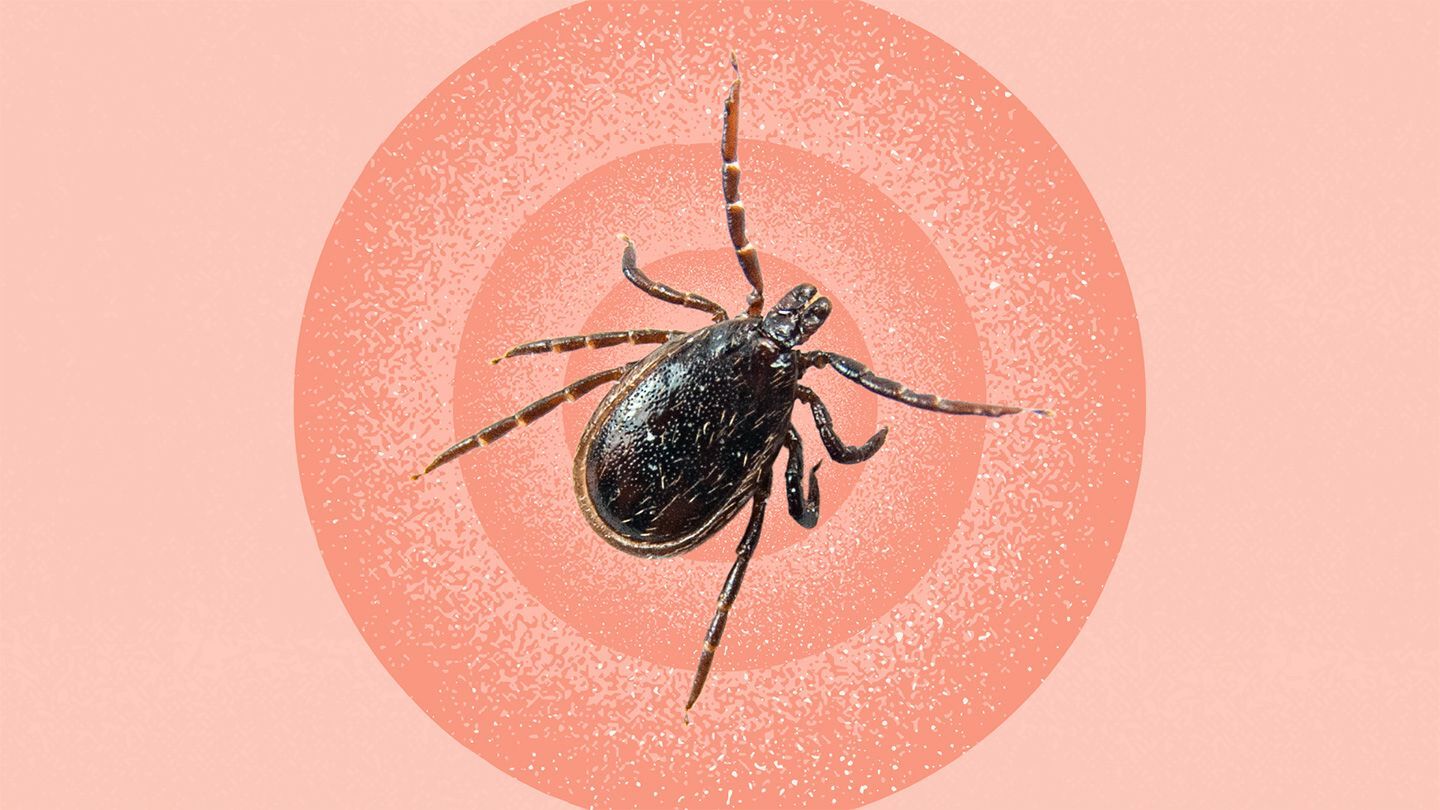
What is Bacterial Vaginosis (BV)? Bacterial Vaginosis (BV) is a common vaginal infection caused by an imbalance of bacteria in the vagina. It affects millions of women, especially those aged 15-44. BV often results from activities like douching, having multiple sex partners, or not using condoms. Symptoms can include a thin, white or gray discharge, a strong fish-like odor, itching, and burning during urination. However, many women may not experience any symptoms. BV can lead to serious health risks, including increased susceptibility to sexually transmitted infections (STIs) and complications during pregnancy. Understanding BV's causes, symptoms, and treatments is crucial for maintaining good reproductive health.
What is Bacterial Vaginosis?
Bacterial Vaginosis (BV) is a common vaginal infection that many women experience. Understanding its causes, symptoms, and treatments can help manage and prevent it.
- Definition: BV is a condition where harmful bacteria overgrow in the vagina, disrupting the normal bacterial balance.
- Prevalence: It affects about one-third of women aged 15-44 at some point in their lives.
- Causes: The exact cause remains unclear, but factors like douching, not using condoms, and having multiple sex partners contribute to the imbalance.
- Risk Factors: Women who are sexually active, especially with new or multiple partners, are at higher risk. Douching and incorrect condom use also increase the risk.
Recognizing the Symptoms
Knowing the symptoms of BV can help in seeking timely treatment and avoiding complications.
- Symptoms: Many women with BV have no symptoms. Common signs include a thin, white or gray discharge, vaginal pain or itching, a strong fish-like odor, especially after sex, and burning during urination.
- Diagnosis: Healthcare providers examine the vagina for discharge and may perform lab tests. The Nugent criteria, which involves examining vaginal smears under a microscope, is commonly used.
- Amsel’s Criteria: BV can also be diagnosed using Amsel’s criteria, which include a white homogeneous discharge, a pH greater than 4.5, an amine odor when potassium hydroxide is added (the Whiff test), and clue cells on microscopy.
- Clue Cells: These are vaginal epithelial cells coated with bacteria, making them appear stippled or granular under a microscope, indicating BV.
Treatment Options
Treating BV effectively can prevent recurrence and complications.
- Treatment: BV is typically treated with antibiotics like metronidazole or tinidazole. Metronidazole gel and clindamycin gel are other options. Completing the prescribed medication is crucial.
- Treatment Success: Despite effective antibiotics, recurrence is common. Studies show many women experience BV again even after regular antibiotic therapy.
- Male Partners: Male partners of women with BV usually don’t need treatment, but BV can be transmitted between female partners.
- Pregnancy Complications: Pregnant women with BV risk delivering prematurely or with low birth weight due to inflammation and infection in the uterus.
Health Risks and Complications
Untreated BV can lead to serious health issues, making early detection and treatment vital.
- Health Risks: Untreated BV increases the risk of other STIs, including HIV, chlamydia, and gonorrhea, which can cause pelvic inflammatory disease (PID) and infertility.
- Pelvic Inflammatory Disease (PID): PID occurs when bacteria from STIs move up the reproductive tract, causing infection and long-term health problems like infertility and chronic pain.
- Fishy Odor: The fish-like odor in BV is due to amines produced by the bacteria, often more pronounced after sex.
- Vaginal Discharge: BV discharge is typically thin and light gray or white, adhering to the vaginal wall, unlike other infections like trichomoniasis.
Understanding the Microbiome
The vaginal microbiome plays a crucial role in BV, and its imbalance can lead to various health issues.
- pH Level: The vaginal discharge in BV often has a pH higher than 4.5, allowing harmful bacteria to thrive.
- Amine Odor Test: The Whiff test involves adding potassium hydroxide to vaginal fluid. An amine odor indicates BV.
- Risk of Recurrence: BV can recur due to factors like sexual activity, douching, and other STIs.
- Global Prevalence: BV is a global issue, more common in low-resource settings with limited healthcare access.
Associated Bacteria and Microbiome Imbalance
Several bacteria are linked to BV, and their overgrowth disrupts the normal vaginal microbiome.
- Associated Bacteria: Bacteria like Gardnerella vaginalis, Prevotella spp., Mobilincus spp., Megaspahera spp., and Sneathia spp. overgrow and replace beneficial Lactobacillus species.
- Microbiome Imbalance: This imbalance can lead to health issues, including STIs and pregnancy complications.
- Symptomatic vs. Asymptomatic: Many women with BV have no symptoms, but those who do may notice unusual discharge, itching, burning, and a strong odor.
- Genetic and Molecular Techniques: Recent research using genetic and molecular techniques has revealed a diverse biological spectrum of BV, indicating a wider microbiological variety than previously assumed.
New Discoveries and Research
Ongoing research continues to uncover new insights into BV, helping improve diagnosis and treatment.
- BVAB Species: New species like BVAB1, BVAB2, and BVAB3 have been identified as putative pathogens linked to symptomatic illness.
- Prevalence in Different Populations: BV prevalence varies, from 4% among non-symptomatic college females to 61% among females attending STI clinics.
- Clinical Manifestations: BV often manifests as increased, fishy-smelling discharge, which is thin, gray, or milky.
- Risk of STIs: Women with BV are at higher risk of contracting other STIs, including HIV, due to the disrupted vaginal flora.
Global Health Impact
BV has significant implications for global health, especially in low-resource settings.
- Pregnancy Risks: Pregnant women with BV risk premature birth and low birth weight due to inflammation and infection in the uterus.
- WHO Response: WHO works with partners and Member States to reduce BV’s global burden, developing research and evidence to understand its epidemiology, burden, and impact.
- Guidelines for Management: WHO’s 2021 guidelines provide updated, evidence-informed recommendations for managing symptomatic STIs, including BV.
- Metronidazole Treatment: Metronidazole, available in oral and gel forms, is the most common antibiotic for treating BV.
- Tinidazole Treatment: Tinidazole is another antibiotic option, often prescribed when metronidazole is ineffective or when an alternative is preferred.
- Clindamycin Treatment: Clindamycin, available in oral and gel forms, is used when other antibiotics are ineffective.
- Gel Treatments: Metronidazole and clindamycin gels are topical treatments applied directly to the vagina, convenient and effective.
Importance of Completing Treatment
Completing the full course of antibiotics is crucial to ensure the infection is fully cleared and prevent recurrence.
- Importance of Treatment: Completing the full course of antibiotics is essential to clear the infection. Stopping early can lead to recurrence.
- Recurrence Risk Factors: Factors like sexual activity, douching, and other STIs contribute to BV recurrence. Good hygiene and consistent condom use can help reduce the risk.
- Healthcare Provider Role: Healthcare providers diagnose and treat BV, examining the vagina for discharge and performing lab tests.
- Laboratory Tests: Lab tests like the Gram stain test diagnose BV. The Nugent criteria involve examining vaginal smears under a microscope.
- Syndromic Approach: In settings without lab diagnosis, a syndromic approach treats women with vaginal discharge for BV and trichomoniasis using metronidazole.
Preventive Measures
While there are no foolproof ways to prevent BV, certain measures can reduce the risk.
- WHO Guidelines: WHO guidelines emphasize treating BV to prevent complications like PID and HIV transmission, recommending metronidazole as the first-line treatment.
- Global Health Impact: BV has significant implications for global health, especially in low-resource settings. Effective treatment strategies and improved healthcare access are crucial.
- Research and Development: Ongoing research aims to understand BV’s etiology and pathophysiology, using advanced molecular techniques to identify specific microbial populations.
- Microbiome Assessment: Assessing vaginal microbiome dysbiosis is crucial for understanding BV. Researchers use molecular methods to evaluate how specific microbial populations contribute to the condition.
- Preventive Measures: Basic prevention steps include not having sex, limiting sex partners, and not douching. Correct condom use can also help reduce the risk.
- Sexual Activity Impact: Sexual activity, especially with new or multiple partners, can disrupt the vaginal bacterial balance, increasing BV risk. Safe sex practices and regular STI testing are important.
- Douching Risks: Douching significantly increases BV risk by disrupting the vaginal bacterial balance, leading to harmful bacteria overgrowth.
- Condom Use: Correct condom use can help reduce BV risk, though it doesn’t completely eliminate it. Other factors like douching and multiple partners still contribute to BV.
- Pregnancy Considerations: Pregnant women with BV should be treated promptly to prevent complications like premature birth and low birth weight. Regular prenatal care and STI testing are crucial.
- Global Collaboration: Reducing BV’s global burden requires international collaboration. Organizations like WHO work with partners to develop guidelines, conduct research, and improve healthcare access, aiming to reduce BV prevalence and impact worldwide.
Understanding Bacterial Vaginosis
Bacterial vaginosis (BV) affects millions of women worldwide, making it the most common vaginal infection among women aged 15-44. It's caused by an imbalance of the normal bacterial flora in the vagina, leading to an overgrowth of harmful bacteria. Symptoms can include a thin, white or gray discharge, a strong fish-like odor, and itching or burning. Diagnosis often involves examining vaginal smears under a microscope or using Amsel’s criteria. Treatment typically includes antibiotics like metronidazole or clindamycin, but recurrence is common. BV can increase the risk of other sexually transmitted infections and pregnancy complications. Preventive measures include avoiding douching, using condoms, and limiting the number of sexual partners. Understanding BV's causes, symptoms, and treatment options is crucial for managing this condition effectively. Continued research and global collaboration are essential for reducing its prevalence and impact.
Was this page helpful?
Our commitment to delivering trustworthy and engaging content is at the heart of what we do. Each fact on our site is contributed by real users like you, bringing a wealth of diverse insights and information. To ensure the highest standards of accuracy and reliability, our dedicated editors meticulously review each submission. This process guarantees that the facts we share are not only fascinating but also credible. Trust in our commitment to quality and authenticity as you explore and learn with us.


